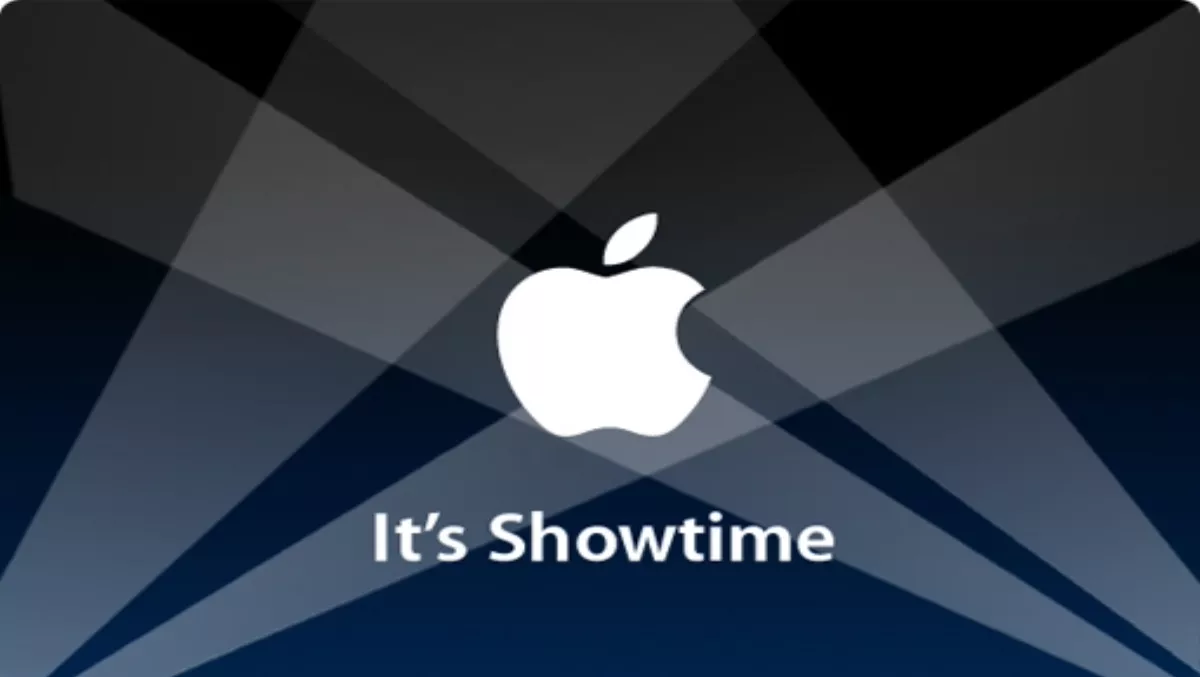
Apple iPhone event: The world is waiting...
Apple is holding its annual iPhone event on Tuesday, in case you didn't know.
Based on a large number of leaks, it appears it is likely to announce both a new high-end iPhone as well as a cheaper variant at the event.
"Apple needs to demonstrate in the coming months that it has other product lines which can start to make up for slowing growth and falling margins in iPhone and iPad," warns Jan Dawson, chief telecoms analyst, Ovum.
“All of this, along with similar trends in the iPad space driven by the launch of the iPad Mini, increase the pressure on Apple to launch a new line of products to keep overall growth going," Dawson says.
"That’s a tall order, because both the iPhone and iPad generate $400-600 in revenue per unit, and sell tens of millions per quarter.
"A smart watch or even a revamped Apple TV are unlikely to generate anything close to those sorts of numbers, and that’s a problem Apple will have to work hard to overcome.”
Challenge?
Dawson believes the key challenge for Apple this week is to demonstrate that it can maintain momentum in overall sales of iPhones, and to do so in a way which won’t drive down margins significantly.
"iPhone sales have now fallen into a fairly predictable cyclical trend, spiking in the fourth quarter of the year, following a September launch, and falling over the rest of the year until a new device in launched," he says.
But as the overall numbers have grown, Dawson says the year on year growth rate has slowed significantly, from 80-100% to 24%, even accounting for the cyclical trends.
"This is partly due to the law of large numbers, as the same increase in shipments reflects a smaller percentage of historical shipments, but it’s also largely driven by Apple’s increasing saturation of its addressable market," he says.
“As such, it’s key for Apple to be able to find ways to drive growth at a higher rate again, and getting China’s biggest carrier on board and launching a cheaper version of the iPhone are both key to doing that.
"China is a key market for Apple, but its sales have flagged there lately and getting beyond the two smaller carriers is critical for future success.
High-end vs. low-end?
While Dawson acknowledges the cheaper iPhone is critical for expanding the addressable market, such as in countries like China where customers simply can’t afford to buy a current generation iPhone, especially when it’s not subsidised.
"However, the key risk for Apple in launching a cheaper iPhone is that it may cannibalize sales of the high-end phone," he admits.
"That would exacerbate a problem Apple’s had for the last few quarters, as average selling prices for iPhones have fallen from $608 to $581 in the past year.
"That in turn squeezes margins, and it’s only likely to get worse with a cheaper iPhone.
"The trick is for Apple to position a cheaper device so that it’s attractive for those that haven’t been able to afford an iPhone before, but is missing enough key features for the new flagship iPhone to remain compelling.
"That means getting the price for both devices right, but it also means figuring out how to make the lower-cost variant feel like a real iPhone while stripping out significant cost."
What are you expecting from Apple? Tell us your thoughts below

